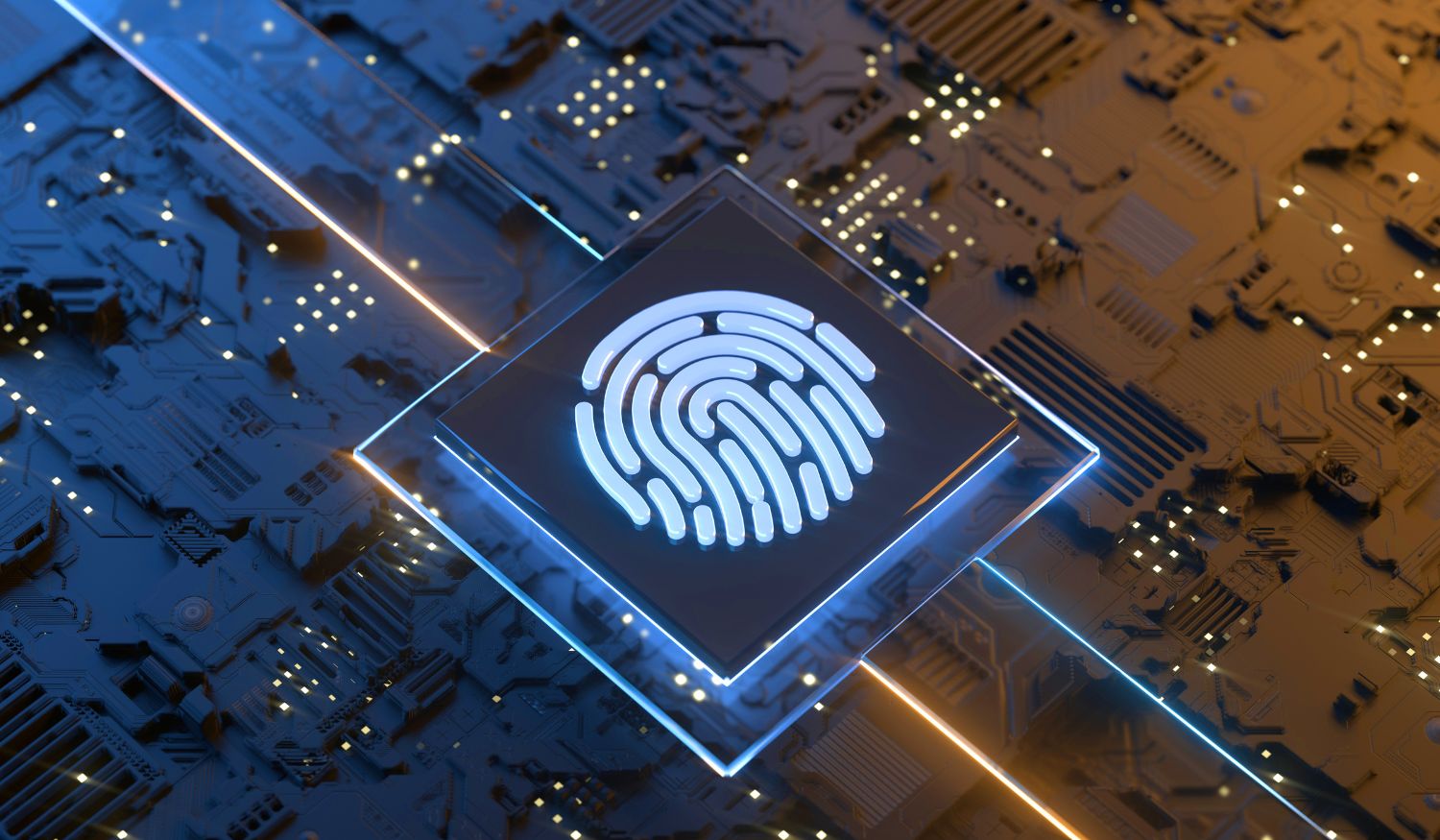Why Wallets Hold the Key to Workforce Identity Modernization
Workforce identity management has reached a crossroads. Traditional identity infrastructures built on centralized databases and password-centric models struggle to keep pace with AI-enabled phishing attacks, complex compliance requirements, and user expectations for frictionless access.
However, migrating from legacy approaches has typically forced organizations to cobble together multiple point solutions that lack integration. The emergence of digital identity wallets represents a significant evolution that promises to transform workforce identity.
Why Current Workforce Identity Falls Short
Legacy identity management methods have not aged well and impose significant drawbacks. Passwords remain one of the weakest links in organizational security, susceptible to phishing attacks, credential stuffing, and costly resets. According to Verizon’s Data Breach Investigations Report, 80% of breaches are tied to compromised credentials, underscoring a fundamental password-reliance flaw. In addition, the fragmented nature of traditional identity systems results in siloed identity stores and inconsistent user experiences, complicating compliance and auditing.
Remote onboarding processes are also cumbersome. They often rely on manual identity verification, which is both error-prone and susceptible to fraud. With workforces becoming increasingly distributed, the inability to securely onboard and verify new employees remotely is a glaring vulnerability.
At the same time, fraudsters are leveraging artificial intelligence to carry out impersonation scams, exposing the vulnerabilities of outdated manual hiring and onboarding processes. It’s becoming harder to verify whether the individual interviewed, assessed, and ultimately employed is actually the same person, and whether they are who they say they are. Legacy identity verification methods were never built to handle these modern challenges, leaving organizations unprepared for new AI threats.
Pivoting to Digital Identity
To address modern workforce identity challenges, enterprises need an approach that merges robust security with seamless user experiences. Digital identity wallets built on decentralized identifiers (DIDs) and verifiable credentials (VCs) are designed to meet these challenges. Unlike traditional data stores that centralize sensitive identity information, decentralized identity wallets leverage cryptographic techniques and user-held keys to establish trust without sacrificing privacy or control.
This approach incorporates advanced biometrics, combining identity proofing with liveness detection to ensure the authenticity of each user. Verification occurs remotely through automated processes—users scan government-issued IDs and complete biometric checks, dramatically reducing fraud potential. Advanced AI-based document verification technologies
further enhance security, rapidly identifying forged or tampered documents with accuracy far surpassing manual checks.
Furthermore, modern identity wallets combine verified identity with authentication standards such as FIDO2 and WebAuthn, enabling passwordless, phishing-resistant authentication. By leveraging cryptographic keys stored securely on user devices, combined with biometric verification, these wallets provide robust multi-factor authentication without the friction of traditional methods.
Technical and Business Advantages
By decentralizing identity management, digital identity wallets significantly shrink the attack surface, with no single identity repository being a target for attackers. Since every authentication event requires real-time biometric verification, this substantially reduces the risk of compromised credentials. Meanwhile, the immutable audit trails provided by distributed ledger technologies enhance transparency and streamline regulatory compliance.
From a business perspective, identity wallets transform user experience, driving productivity and satisfaction. Employees no longer juggle multiple credentials or endure complex onboarding processes. Remote hires complete onboarding easily and securely, significantly cutting operational overhead and time-to-productivity. Moreover, simplified credential management significantly reduces IT helpdesk calls, cutting costs and reallocating resources to strategic initiatives.
The elimination of passwords is not merely an efficiency improvement but a critical security enhancement. Organizations experience fewer breaches and phishing attacks, translating directly into cost savings and strengthened reputation management. Compliance efforts also become less daunting, as verifiable credentials inherently support privacy regulations like GDPR by reducing central data storage.
Best Practices for Moving to Digital Identity Wallets
To ensure a successful transition to digital identity wallets, organizations should develop a phased implementation plan grounded in security, usability, and long-term scalability. Here are some recommendations to consider:
- Assess current infrastructure and processes: Begin with a thorough audit of existing identity management systems and identify areas of highest risk or inefficiency.
- Prioritize user experience: Clearly communicate how identity wallets simplify tasks. Employee acceptance is critical—demonstrate tangible benefits like simplified logins and reduced onboarding times.
- Adopt standards-based technologies: Choose solutions adhering to recognized standards (FIDO2, NIST, W3C DID/VC). Standards ensure interoperability, future-proof investments, and streamline compliance efforts.
- Rollout in phases: Start with smaller, pilot groups to validate technology performance, user acceptance, and policy adherence. Address any gaps or user concerns before broader deployment.
- Build-in strong governance: Clearly define roles, responsibilities, and policies around credential issuance, revocation, and privacy management to prevent misuse and ensure accountability.
- Continuously monitor and improve: Establish metrics to assess wallet adoption, security effectiveness, and user satisfaction. Regularly review and refine based on user feedback and evolving threat landscapes.
- Integrate with existing systems: Ensure identity wallets interface smoothly with existing HR, IT, and security platforms, reducing friction during the transition and preserving prior investments.
Digital identity wallets aren’t just a technical upgrade, they’re a business enabler. CISOs should view this transition as an opportunity to modernize identity infrastructure in a way that directly improves productivity, tightens security, and streamlines compliance. Done right, digital identity wallets can turn identity management from a vulnerability into a competitive advantage.
Share this
You May Also Like
These Related Stories

How Non-Human Identities Differ from Human Identities

An Introduction to Non-Human Identity Management (NHIM)


